Best Mini Drivers 2025 - we pick our favorites from testing
With most brands releasing mini drivers of late, we have tested as many as we can and collated our favorites into this guide.


Even if you give just a cursory glance at the equipment the pros use, it’s likely you’ve picked up on the mini driver. While far from an explosion, it is a growing trend among the world’s best players; Tommy Fleetwood is one of the clubs most famous proponents. And as we know, what the tour players put in their bags tends to influence what the rest of us use, even if it isn’t always best-suited to our game.
So what is the mini driver? In essence, it’s a club that sits somewhere between a traditional driver and a 3-wood. This means a smaller head, typically with more loft, and a shorter shaft length. It’s not an entirely new phenomenon. Back in the day there were plenty of persimmon 2-woods out on tour, and TaylorMade first released a mini back in 2014. However, there now seems to be a consensus from a range of the leading brands that the mini driver is here to stay.
But who might benefit from using a mini driver? For professionals such as Fleetwood, Adam Scott, Jake Knapp and more, it’s typically put in the bag at tighter courses that place a premium on accuracy; Scottie Scheffler was seen testing a TaylorMade model at the RBC Heritage Classic, played on the tight fairways of Hilton Head. For players of this level, the best drivers can sometimes be too much club, which is where the mini comes in, especially if they don’t carry a 3-wood.
The majority of amateurs don’t suffer from the same issue. That said, it doesn’t mean that the mini driver doesn’t have relevance for handicap players. In theory the shorter shaft will make the mini driver easier to control, while the head volume is still greater than one of the best fairway woods. And who doesn’t like the sound of improved accuracy and plenty of forgiveness?
Most mini drivers are also designed to be used off the fairway, and while they aren’t always as well-suited to the job as fairway woods or the best hybrids, the current designs do utilize technology that should assist in this regard.
We’ve tested the latest models from the biggest brands. In this guide you’ll get our detailed feedback and opinions, on these models, helping you to decide whether a mini driver if right for your game, and if so, which one you should put in the bag.
The Quick List
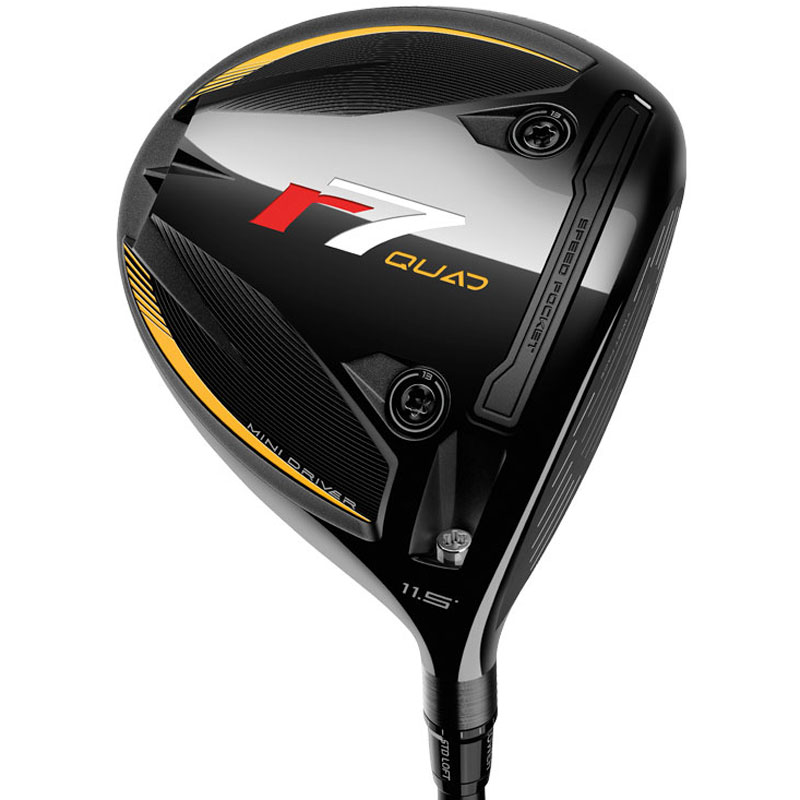
Whilst producing the same level of top performance compared to its predecessor, the R7 Quad adds adjustability to the mix, making it an option for a broad range of players off the tee and deck.
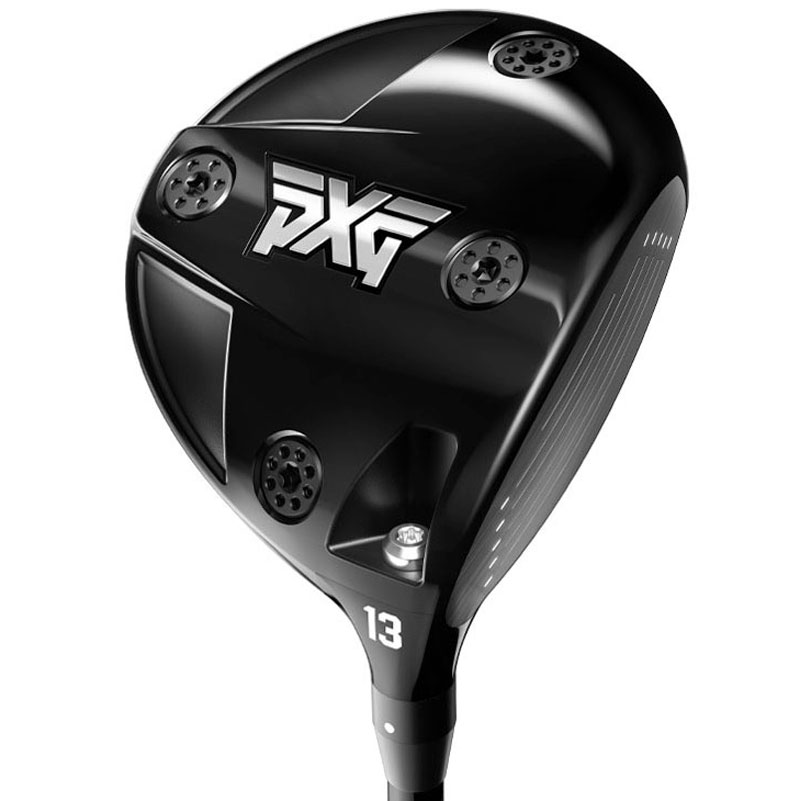
An excellent first foray into the mini-driver market from PXG. The Secret Weapon not only looks great, but it is also extremely versatile, performing well both from the tee and the fairway. PXG fans in particular will love this club.
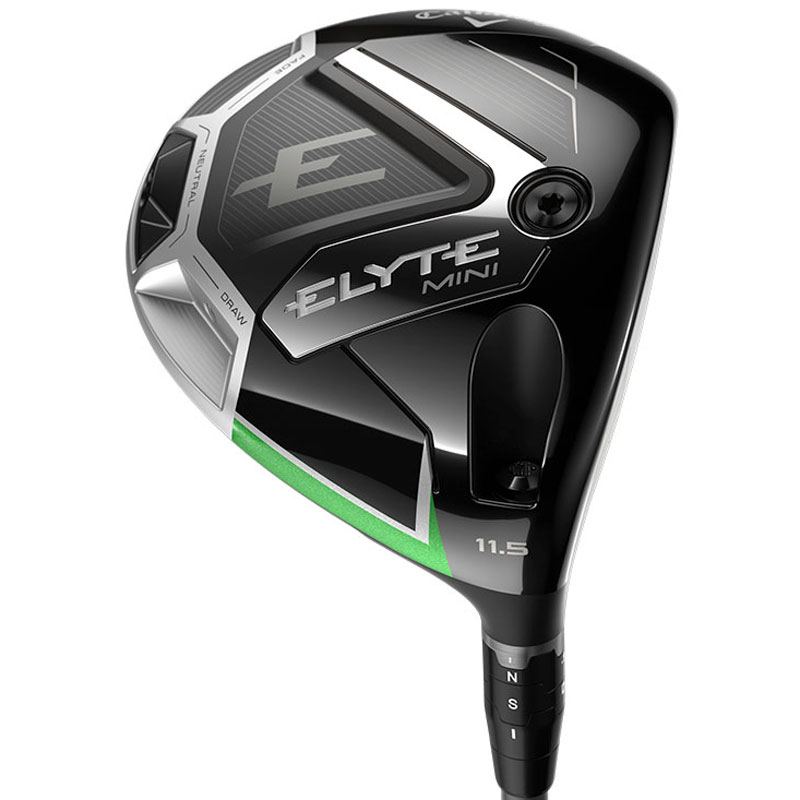
A model that performed surprisingly well from the fairway, the Elyte Mini driver from Callaway has premium aesthetics, plenty of adjustability and it has a high launch too. A worthy replacement for your fairway wood.
Best Mini Drivers 2025
Best looking
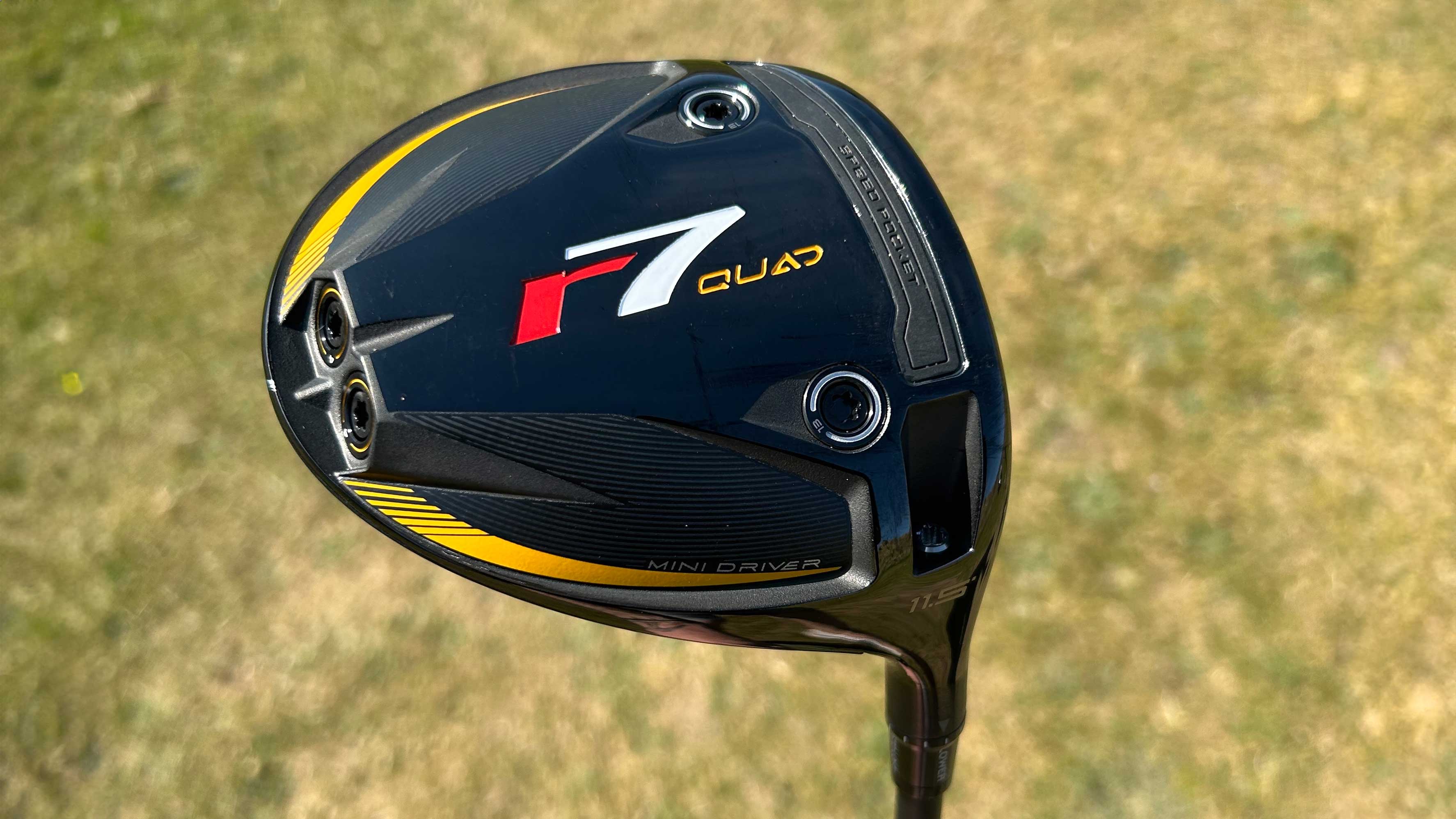
Specifications
Reasons to buy
Reasons to avoid
TaylorMade has certainly been a pioneer of the mini driver. It’s often dipped into the archives for inspiration, such as the SLDR, The Original One, and last year's BRNR Copper mini driver. And it’s done it again with the R7 Quad mini.
Take off the head cover, and you’re presented with a superb looking club that will especially appeal to those who were fans of the original R7 Quad driver. TaylorMade has paid homage to that design, especially from the underside of the club. From above, the infinity crown, borrowed from the Qi35 drivers, is, in our opinion, an upgrade from the spirit crown used on the BRNR mini. From a playing position it results in a clean, minimalist look that we loved.
As for the features, the R7 Quad mini uses TaylorMade’s Speed Pocket and Twist Face technology but the real headline is the same adjustable weighting system on the sole that we saw with the R7 Quad driver. It’s a four-way system that makes the club extremely versatile; you can move the CG forward and back to adjust spin and launch as well as adding bias to the heel or toe to help you dial in your desired shot shape.
Compared to the BRNR Copper mini, the R7 Quad sits a tad closed at address; this can be rectified by adjusting the loft sleeve, however. With the face now the same color as the crown, the loft is less visible; we love this look but it might not suit some.
It’s likely that many golfers are toying with adding a mini driver to the bag because of the greater accuracy it promises. During our testing the R7 Quad delivered similar numbers and flight windows to the BRNR Copper mini, along with a compatible sound and feel.
But while it delivers the same tight dispersion and accuracy of that club, the greater adjustability makes it a significant upgrade; we found that it was easier to draw the R7 Quad than with our driver thanks to the ability to shift the weights over the heel. And of course, if you're struggling with the hooks then you can do the same but instead place the weights over the toe. The club's versatility is further enhanced by its performance off the deck.
- Read our full TaylorMade R7 Quad Mini Driver review
Best launch
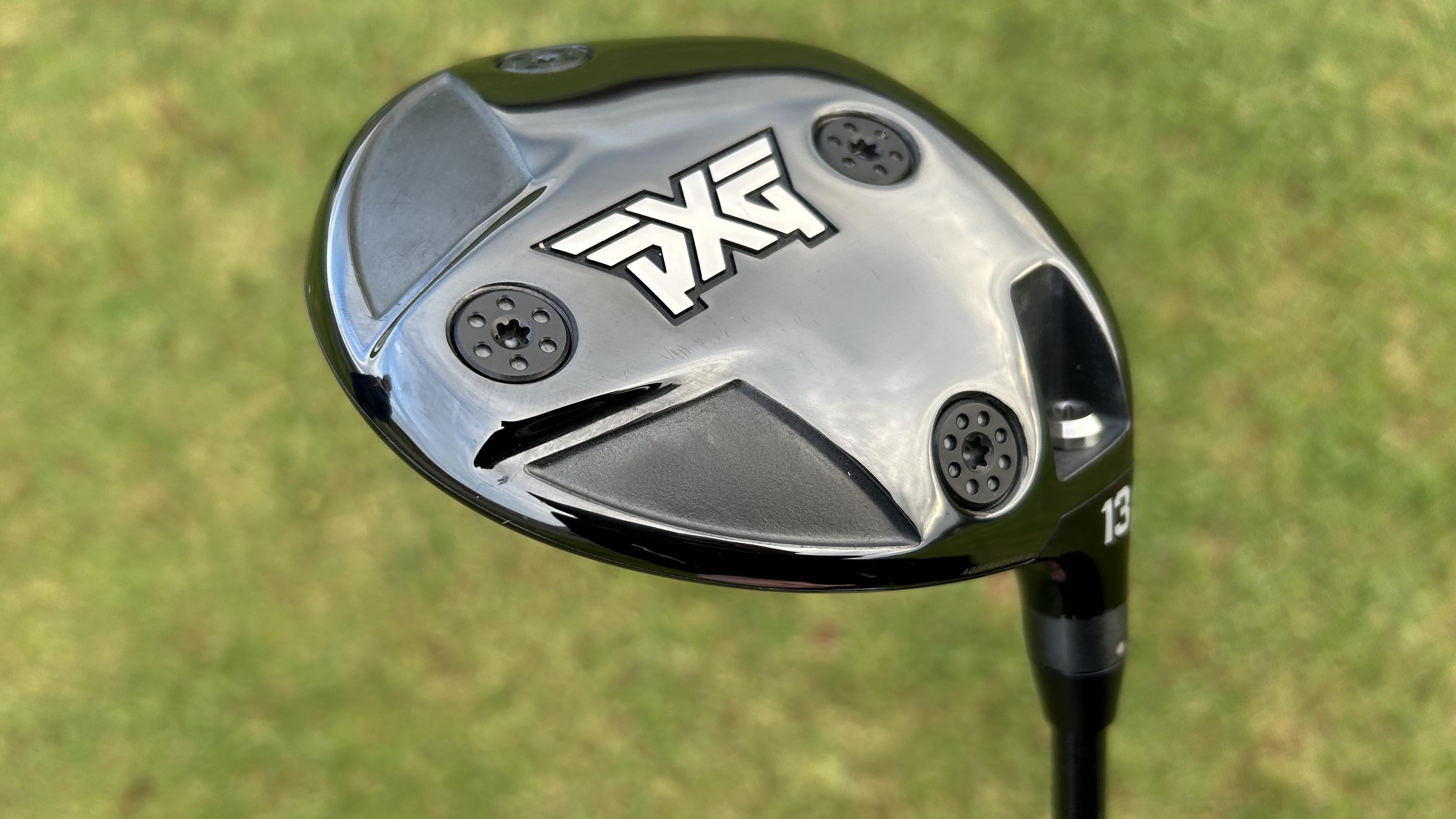
Specifications
Reasons to buy
Reasons to avoid
If, like us, you enjoy the visuals of PXG’s Black Ops driver, then the Secret Weapon mini driver should fit your eye. The branding and graphics are similar, with a shape and profile that means it falls somewhere between a shrunken driver and an enlarged 3-wood; some minis such as the Callaway Ai Smoke Ti340 mini driver still look just like a driver.
The club’s sole isn’t quite as appealing. It’s a tad fussy to look at but there are four adjustable weights, part of the brand’s Precision Weighting Technology, which allow you to customize your ball flight. It adds a degree of adjustability that’s one of the club’s ‘secret weapons’, combining two 15g weights with two of 2.5g, which we found to be extremely effective when creating bias or adjusting for launch and spin. The hosel adapter, which allows for a loft of between 11.5° to 13.5° adds to the versatility.
Elsewhere, the high-strength ultra-thin titanium face is designed to provide maximum ball speed and ideal launch conditions. But does all this tech translate to an impressive performance?
By and large, the answer is yes. Despite its deeper face, the Secret Weapon proved to be pretty easy to hit off the fairway, more so than the TaylorMade BRNR Copper mini driver, for example. This added flight should appeal to a wide audience, though the BRNR’s lower, penetrating ball flight means it’s well-suited to windy conditions and links courses.
As mentioned the Secret Weapon visually sits comfortably between driver and 3-wood and this is played out in the distance output; for reference we got 280 yards of carry from the club, with our numbers for the driver and 3-wood being 295 and 260 respectively. If you’re looking for a mini that improves your accuracy without sacrificing too much distance, then this could be the right club for you.
- Read our full PXG Secret Weapon Mini-Driver review
Best larger head

Specifications
Reasons to buy
Reasons to avoid
Visually, the Elyte mini driver shares the same looks at the Elyte driver. In essence, it looks just like a smaller version; it’s one of the larger minis on the market but Callaway says the head has been shaped to improve aerodynamics, which should help deliver more speed and with it more yards.
The Theromoforged carbon crown that’s used through the Elyte range remains, and for us, it’s a great look. We like the baner strip that runs through the face, acting as an alignment guide that allows us to set the face square with ease. The crown plays a big role in the club’s acoustics too; if like us you prefer a solid, muted sound rather than a louder, ‘tinny’ one, then the Elyte mini won’t disappoint.
The club’s larger volume and deep face make it a good match for those who are considering a mini as an alternative to a driver off the tee. Coupled with the option to change the CG through the three weight ports on the sole, it adds up to a club that’s accurate without sacrificing too much distance. We found that we were able to hit fairways with regularity, aided by the 43.75” shaft length, while the Ai10x face technology, with its multiple sweet spots, meant that we weren’t punished too heavily on off-center strikes.
While the deeper face suggested that the Elyte mini might be a little tricky to hit off the deck, it wasn’t the case. While it’s not the best of the minis when it comes to using it from the fairway, it performed far better than we expected. The adjustable hosel certainly helps here, as does the aforementioned Ai10x face tech and the club’s high launch, high spin profile.
- Read our full Callaway Elyte Mini Driver review
How we test
We test for mini drivers in the same manner as we do for all the clubs we review.
We take a detailed and comprehensive approach, usually starting with testing the clubs in a controlled environment and with the use of a launch monitor. It’s this data that allows us to compare the clubs to each other with great accuracy as well as seeing how the numbers match the claims of the manufacturers.
From here we’ll head to the course and test the clubs under real playing conditions, over several rounds. Getting to see how the club plays in different conditions is vital, and allows us to offer you unbiased opinions and advice that come from our own experiences out on the golf course.
Our experience team is headed up by PGA Professional Joe Ferguson, who oversees all driver testing, and Sam De'Ath who has played professionally on the EuroPro Tour and Clutch Pro Tours. Our team also includes players with higher handicaps too, allowing us to better understand the requirements of all our readers and create insightful reviews that are designed to help you with your product choices and ultimately your game. And remember, good reviews can never be bought at Golf Monthly.
How to choose
Distance
While you may be looking to a mini driver to help you find more fairways, if it’s replacing your existing driver then it will still need to provide you with a playable distance. If you’re looking for help off the tee then choosing a mini driver with a larger head might help to maximize your length. Equally choosing a model that has some adjustable weighting can also help you to gain a few yards, enabling you to negate a slice that is costing you distance, for example.
Forgiveness
The appeal of a mini driver is the promise of greater accuracy. Some of this is delivered by the shorter shaft length, which allows you to find the center of the face with greater regularity. However, it’s still prudent to choose a model that delivers plenty of forgiveness on those less-than-perfect strikes. Again, adjustable weights in the sole can help a great deal here, as can a face design that has multiple sweet spots.
Style
Standing over the ball, a club needs to fit your eye. This is highly subjective, but worth paying attention to. Do you prefer a club that sits square at address or perhaps one that sits a little closed? How about head shape and size? Do you prefer a matte or gloss crown? And what about sight lines and alignment aid marks? The best advice is to try a few models and see which provides you with the most confidence at address.
Feel
How a club feels and sounds is another subjective area but one that's key to finding a gamer rather than a club that quickly takes up space in your garage. The best way is to test a few minis, paying attention to the acoustics as well as the feel at impact, and choosing a model that hits the right notes for you.
For more buying advice in the driver space, check out our guides on the best drivers for beginners, best high handicap drivers, or the most forgiving drivers.
FAQs
What is a mini driver for?
A mini driver is a club that's designed to help golfers find more fairways off the tee, without sacrificing too much distance. In size it sits between a traditional driver and a 3-wood, with less volume and a shorter shaft length than the former but typically a deeper face than the latter.
Head size typically sits between 280 and 340cc, while the shaft length is typically around two inches shorter than a driver. Loft options tend to vary from 11 to 15 degrees.
Is it worth getting a mini driver?
There are a number of reasons you may want to use a mini driver.
If you struggle with accuracy off the tee, then the shorter shaft length should help you to reduce the amount of off-center strikes.
The larger head size compared to a 3-wood can also make the mini driver a viable replacement for golfers who desire more confidence from their fairway woods, allowing them swap out the 3-wood for a mini driver.
Alternatively, for better players a mini driver can be a great option on course where a driver can be too much club, but a 3-wood leaves you too far back. The rise in popularity of the mini driver among professionals is in large part due to this factor, as well as the ability to shape the ball with more ease compared to the driver.
Do pros use mini drivers?
Do pros use mini drivers?
As mentioned in the previous answers, mini drivers have gained increasing traction on the various professional tours. Notable golfers who use mini drivers include Tommy Fleetwood, Adam Scott, Erik van Rooyen, Jake Knapp and Garrick Higgo.
Subscribe to the Golf Monthly newsletter to stay up to date with all the latest tour news, equipment news, reviews, head-to-heads and buyer’s guides from our team of experienced experts.

Joe has worked in the golf industry for nearly 20 years in a variety of roles. After a successful amateur career being involved in England squads at every age group, Joe completed his PGA degree qualification in 2014 as one of the top ten graduates in his training year and subsequently went on to become Head PGA Professional at Ryder Cup venue The Celtic Manor Resort. Equipment has always been a huge passion of Joe’s, and during his time at Celtic Manor, he headed up the National Fitting Centres for both Titleist and Taylormade. He’s excited to bring his knowledge of hardware to Golf Monthly in the form of equipment reviews and buying advice.
Joe lives in North Devon and still plays sporadically on the PGA West region circuit. His best round in recent years came earlier in 2023 where he managed a 9 under par 63 at Trevose GC in a Devon & Cornwall PGA Tournament.
Joe's current What's In The Bag?
Driver: Switch between TaylorMade Qi35 and Callaway Elyte TD - both with Fujikura Ventus Black 6-X
Fairway wood 1: TaylorMade BRNR Copper Mini Driver - Fujikura Ventus Black 7-X
Fairway wood 2: Callaway Apex UW 17˚- Fujikura Ventus Black 9-X
Irons: TaylorMade P7CB 3-PW with Dynamic Gold Tour Issue X100 shafts
Wedges: Callaway Opus 50, 54, and 60 degrees - Project X LS 6.0 shafts
Putter: LAB Golf Oz.1 (zero shaft lean)
Ball: TaylorMade 2024 TP5x
Grips: Golf Pride Tour Velvet 60R
Bag: Vessel Player IV Pro DXR Stand
- Luke FriendFreelance Writer
- Sam De'AthStaff Writer